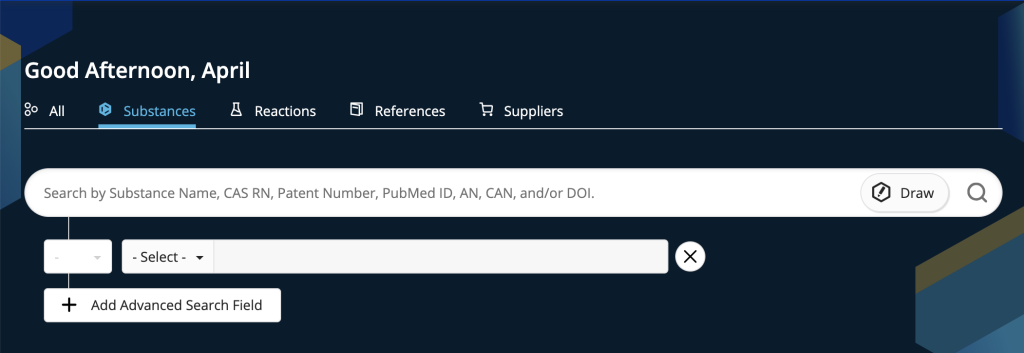Something to look out for in the academic science literature is the ability to read documents that are part of the peer review associated with a published article. These can include reviewer reports, author responses, and editor decision letters. Getting the full story around a paper of interest, from the author’s submission to the final published version, is really exciting. It can also be beneficial to any new researchers or new peer reviewers that would like to learn what to expect from the system.
The process is referred to as transparent peer review. It has been piloted at the American Chemical Society, and the Institute of Physics (IOP) recently implemented transparent peer review for all of it’s open access journals.
Here is an example of an IOP article that includes open peer review documentation. It can be hard to locate the documents on the website, but they are found by hovering over the Clarivate logo with all of the article metrics. It looks like this:
Clativate has made it easy to identify articles that have peer review documents associated with them by adding “Open publisher-invited reviews” as a quick filter in their multidisciplinary Web of Science database. There may only be a small number of these papers in your search results, but this number will likely grow.
Here is what the option looks like after you run a search in Web of Science:
Let us know if you have any questions about this option, and if you find it useful!






